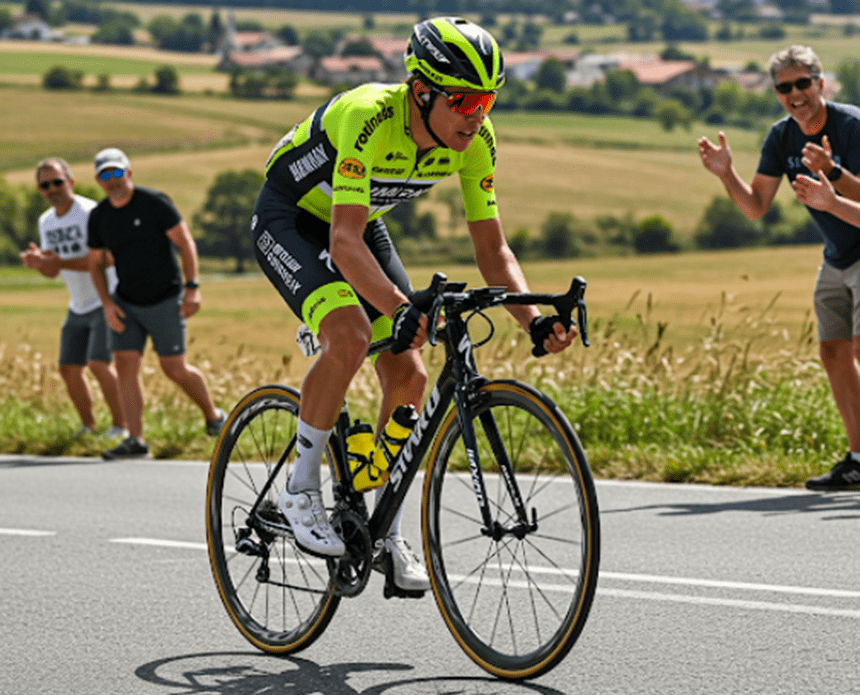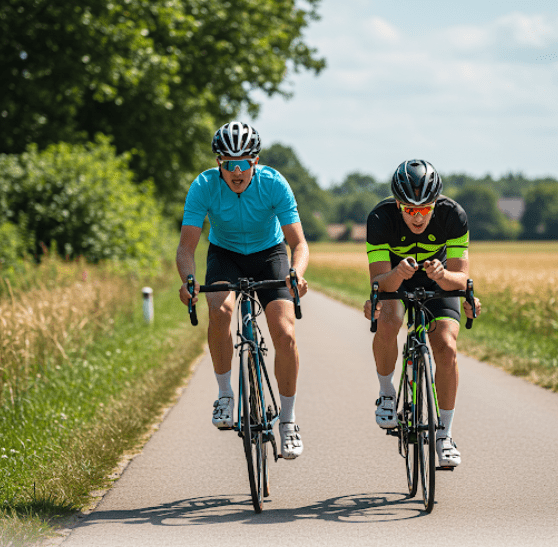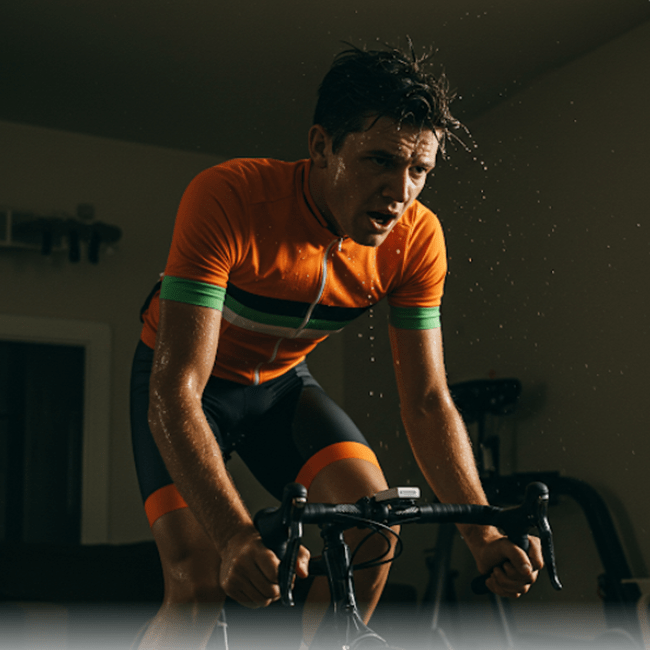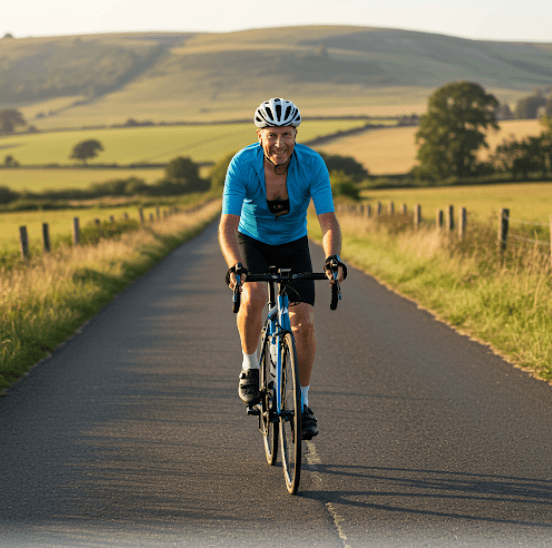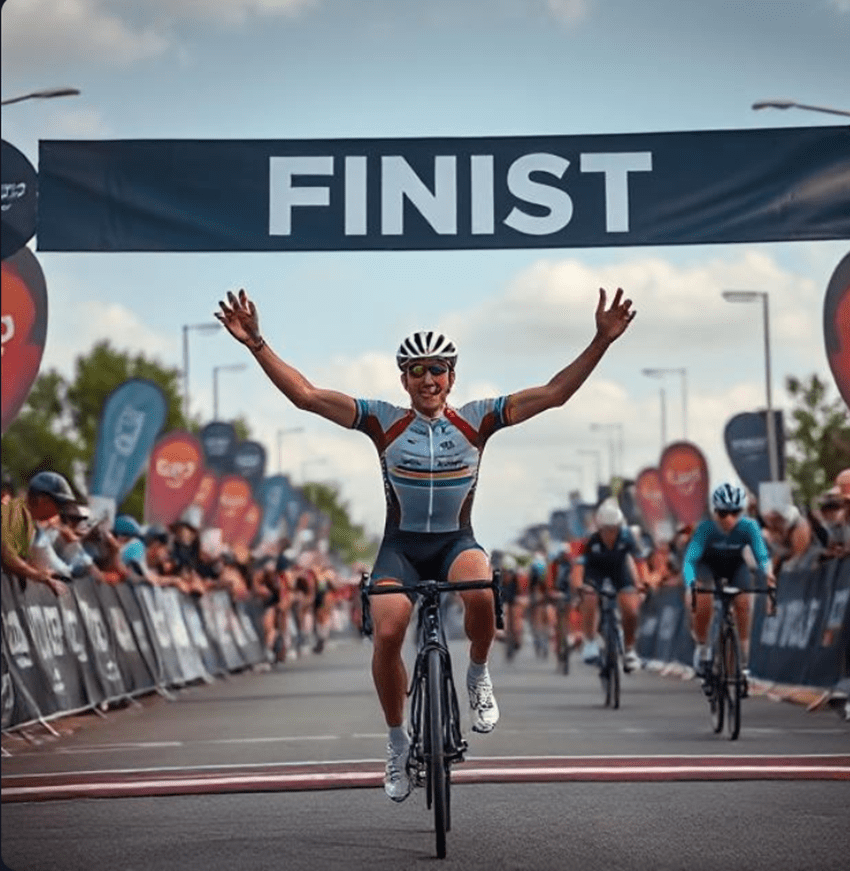Contents
- 1 Polarized Training For Boosting High Cycling Performance
- 1.1 Understanding Polarized Training: The 80/20 Rule for Endurance
- 1.2 Building a Strong Aerobic Base with Polarized Training’s Low-Intensity Focus
- 1.3 Boosting High-Intensity Performance Through the 20% of Polarized Training
- 1.4 Why Low-Intensity Training in Polarized Training Drives Key Endurance Adaptations
- 1.5 Key Benefits of Polarized Training for Enhancing Endurance Performance
- 1.6 How to Implement a Polarized Training Plan: Practical Steps and Examples
Polarized Training For Boosting High Cycling Performance
Are you experiencing stagnant progress in your cycling performance? Discover how this scientifically supported approach, advocated by figures like Dr. Stephen Seiler, fosters significant gains in cycling endurance, enhances your race-day capabilities, and mitigates the potential for training fatigue and overreaching in your ride regimen. Learn how to structure your bike workouts using the principles of polarized training and unlock peak athletic conditioning on two wheels.
scientifically supported approach, advocated by figures like Dr. Stephen Seiler, fosters significant gains in cycling endurance, enhances your race-day capabilities, and mitigates the potential for training fatigue and overreaching in your ride regimen. Learn how to structure your bike workouts using the principles of polarized training and unlock peak athletic conditioning on two wheels.
Understanding Polarized Training: The 80/20 Rule for Endurance
Polarized training, also known as the “80/20 rule,” is a strategic approach to endurance training where the majority of your training time is dedicated to low-intensity exercise, while a smaller, but crucial, portion focuses on high-intensity efforts. This training methodology, popularized by Dr. Stephen Seiler, suggests that endurance athletes, including cyclists, can achieve superior gains in athletic performance by structuring their training regimen in this specific manner.
The core principle involves building a robust aerobic foundation through consistent easy-paced miles and then strategically incorporating intense interval sessions to enhance anaerobic capacity and refine skills relevant to competitive cycling.
Building a Strong Aerobic Base with Polarized Training’s Low-Intensity Focus
Within polarized training, approximately 80% of your total training volume should be performed at a low intensity. This intensity level is often described as a comfortable pace where you can easily maintain a conversation, typically around 70-75% of your maximum heart rate.
For cyclists, this translates to long, steady rides at a sustainable effort. This emphasis on low-intensity exercise is fundamental for building a strong aerobic base, which is crucial for endurance performance. This type of training enhances your cardiovascular health and improves your body’s efficiency in fat burning, allowing you to sustain effort for longer durations.
Boosting High-Intensity Performance Through the 20% of Polarized Training
Conversely, the remaining 20% of your training in a polarized training plan involves pushing your physical limits at a high intensity. This typically means working at an effort level above 85% of your maximum heart rate. For cyclists, this component includes challenging interval workouts, sprints, and other intense efforts designed to stress your anaerobic system and improve your capacity to handle lactate accumulation. These high-intensity sessions are vital for improving your speed, power output, and ability to perform at race pace on the bicycle.
Why Low-Intensity Training in Polarized Training Drives Key Endurance Adaptations
The central idea behind polarized training is that the majority of the physiological adaptations necessary for superior endurance performance stem from the consistent low-intensity work. These easy-paced miles on the bike strengthen your cardiovascular system, improve capillarization (the growth of new blood vessels), and significantly enhance your body’s ability to utilize fat as a primary fuel source.
This improved fuel efficiency allows you to conserve glycogen stores for more intense efforts. While the high-intensity work is crucial for peak performance, it’s the extensive aerobic development from the low-intensity training that provides the foundational athletic conditioning for sustained pedaling performance.
Key Benefits of Polarized Training for Enhancing Endurance Performance
Adopting a polarized training approach offers several significant benefits for cyclists looking to enhance their endurance capabilities. Firstly, it can lead to increased cycling endurance, allowing you to ride further and for longer periods. Secondly, it has been shown to improve race-day performance, enabling you to perform at a higher level when it matters most.
Polar H10 Heart Rate Monitor Chest Strap – ANT + Bluetooth, Waterproof – Master polarized training with precision zone tracking to boost endurance and dominate race day – unlock your peak performance potential today!” LEARN MORE ➡️
Finally, the structured balance between low and high intensity can contribute to a reduction in the risk of overtraining and training fatigue, allowing for more consistent training and better recovery. This contrasts with training plans that might involve a greater proportion of moderate-intensity exercise, which may not provide the same level of specific adaptation.
How to Implement a Polarized Training Plan: Practical Steps and Examples
Implementing a polarized training plan requires a conscious effort to prioritize low-intensity rides. A practical approach is to dedicate approximately 80% of your weekly bike workouts to long, conversational-paced rides. The remaining 20% can be structured as high-intensity interval sessions, hill repeats, or even participation in races.
For example, a cyclist training for a gran fondo might include 3-4 longer, easier rides per week, coupled with 1-2 sessions of structured intervals focusing on improving their power output at threshold. Consistency is key, and gradually increasing your training volume while maintaining the 80/20 ratio will lead to significant improvements in your cycling prowess and overall athletic conditioning.
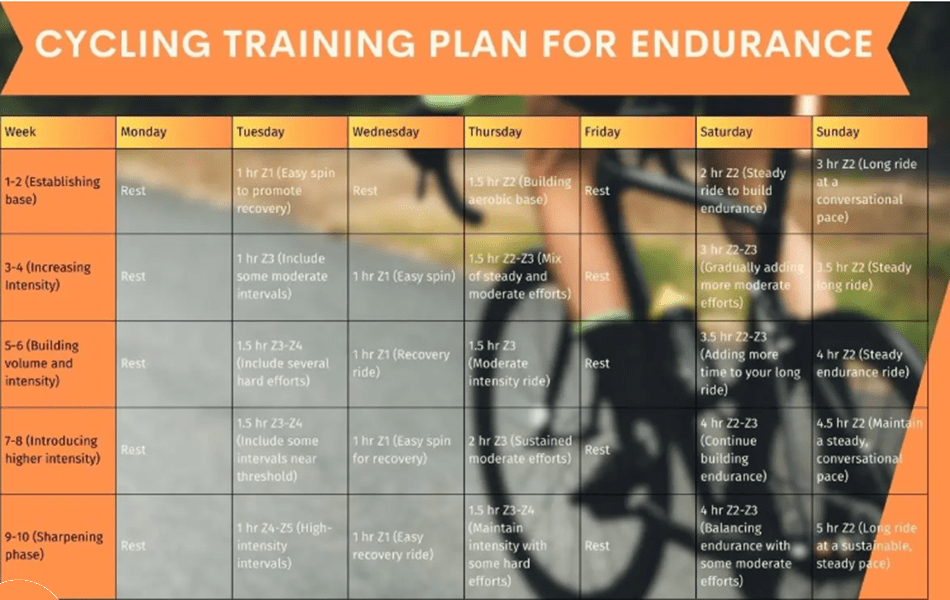 EXAMPLE ONLY! FIND A COACH TO HELP WITH A PERSONAL TRAINING PLAN!
EXAMPLE ONLY! FIND A COACH TO HELP WITH A PERSONAL TRAINING PLAN!
 |
 |
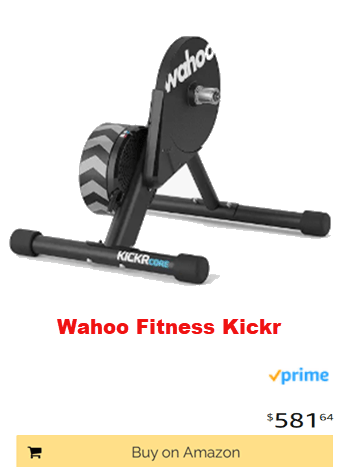 |
We earn from qualified Amazon purchases with NO cost to you. ANY item that you need or were going to purchased anyway through any of our links, helps support this site. Thank you for your support!
If you enjoyed learning about this week’s featured bicycle, don’t miss out on more classic bike goodness! Visit our website at classicjapanesebicycles.com for an extensive collection of timeless Japanese bikes and their unique stories. Plus, check out our YouTube channel, Bicycle Restoration Man, for detailed restoration videos and showcases of our finished projects. Subscribe and join our community of bike enthusiasts!


